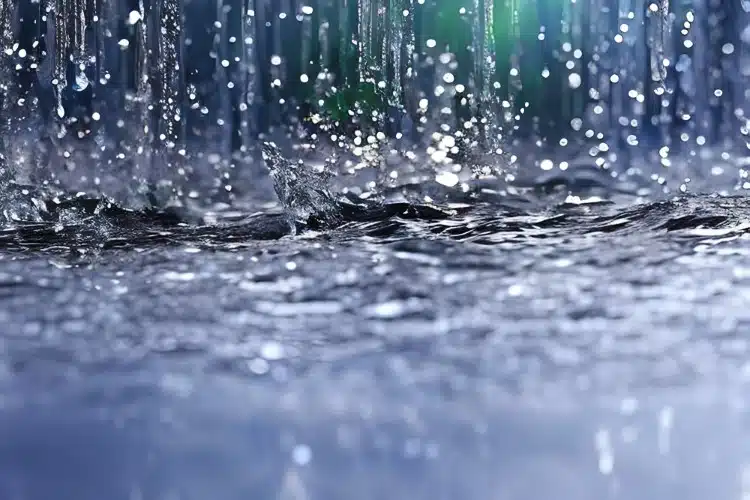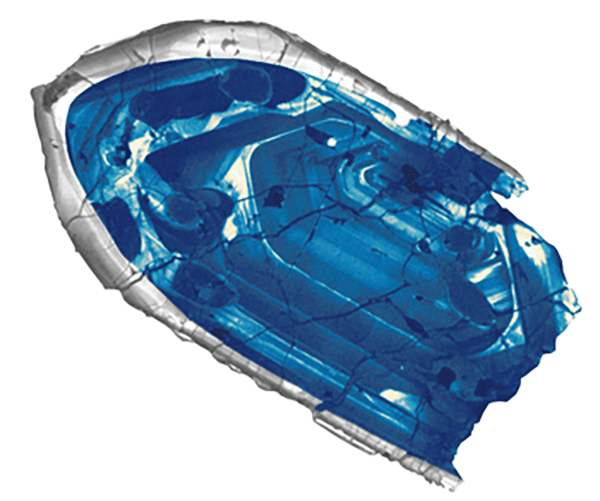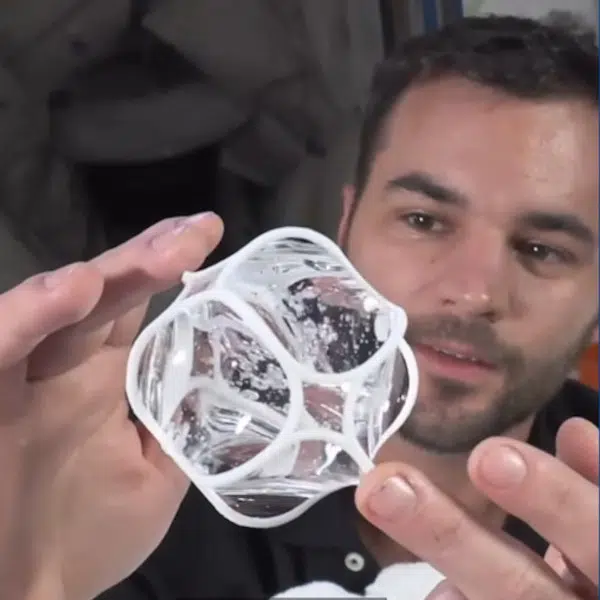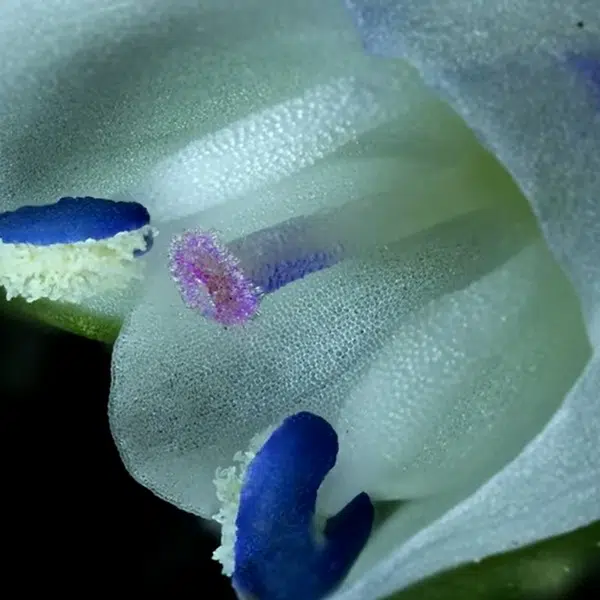
Photo: [email protected]/Depositphotos
In elementary school, children learn about the water cycle. From evaporation to condensation into clouds to precipitation as rain, water cycles between land and sky. But when did this process begin? Earth itself is 4.5 billion years old, but freshwater was not immediately present. However, a new paper published in Nature Geoscience suggests Earth experienced its first rain earlier than previously thought. In fact, by examining the isotopes within some of Earth's oldest minerals, the researchers believe the hydrological cycle began 4 billion years ago.
The researchers examined Hadean zircon crystals from the Jack Hills in Australia. This remote dry region boasts these crystals, the oldest terrestrial bits of our planet. Zircons are minerals, inside which lurk isotopes that the team examined through secondary-ion mass spectrometry. They discovered traces of contact with water four billion years ago.
“We were able to date the origins of the hydrological cycle, which is the continuous process through which water moves around Earth and is crucial for sustaining ecosystems and supporting life on our planet,” shares lead author Dr. Hamed Gamaleldien. “By examining the age and oxygen isotopes in tiny crystals of the mineral zircon, we found unusually light isotopic signatures as far back as four billion years ago.
Such light oxygen isotopes are typically the result of hot, fresh water altering rocks several kilometers below Earth’s surface. Evidence of fresh water this deep inside Earth challenges the existing theory that Earth was completely covered by ocean four billion years ago.”
The presence of light oxygen isotopes is crucial, as these can only be found when the water is meteoric—meaning it fell from the sky. In the end, these oxygen isotopes change the known timeline of Earth's formation.
“This discovery not only sheds light on Earth’s early history but also suggests landmasses and fresh water set the stage for life to flourish within a relatively short time frame—less than 600 million years after the planet formed,” notes co-author Dr. Hugo Olierook of Curtin University’s School of Earth and Planetary Sciences.
“The findings mark a significant step forward in our understanding of Earth’s early history and open doors for further exploration into the origins of life.”
It demonstrates that very shortly (in the span of millions of years), Earth was cool enough to support liquid water despite its hot beginnings. Rainy days, it turns out, have been around for four billion years.
Scientists have discovered evidence of Earth's earliest rains in Hadean zircon crystals, suggesting liquid water fell from the sky four billion years ago.

This 4.4 billion-year-old zircon crystal is re-writing Earth's history. (Photo: John Valley)
h/t: [Science Alert]
Related Articles:
Scientists Prove They Can Detect Traces of Life in Grains of Extraterrestrial Ice
The Most Powerful Solar Flare in 7 Years Just Occurred This Year
Agriculture on Mars Is Closer to Reality Thanks To Mayan Farming Practices
NASA Shows What It Looks Like to Fly into and Around a Black Hole






















































































